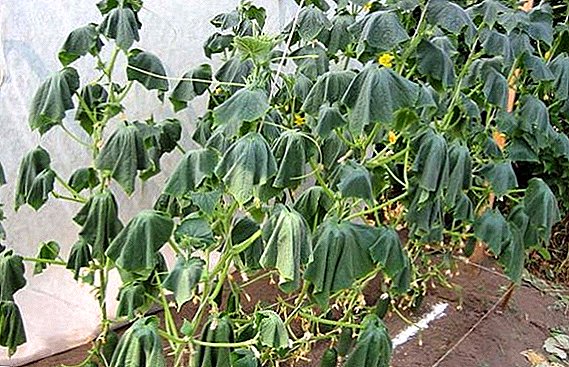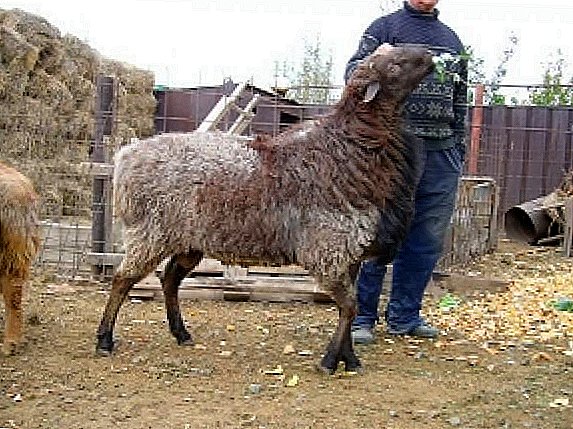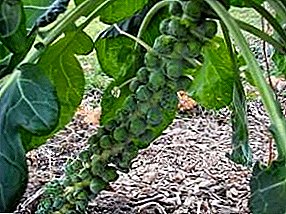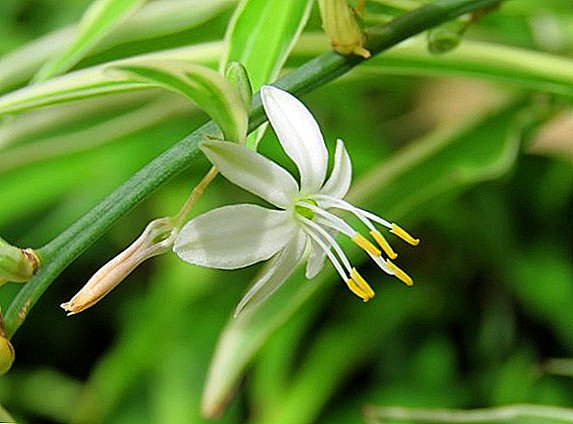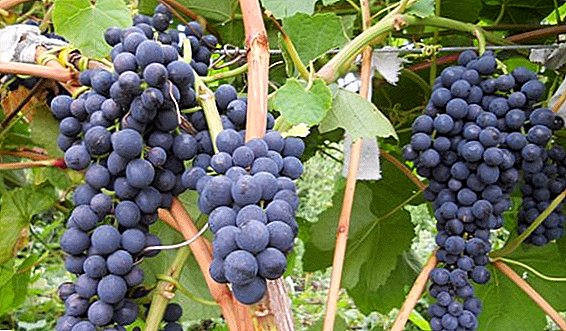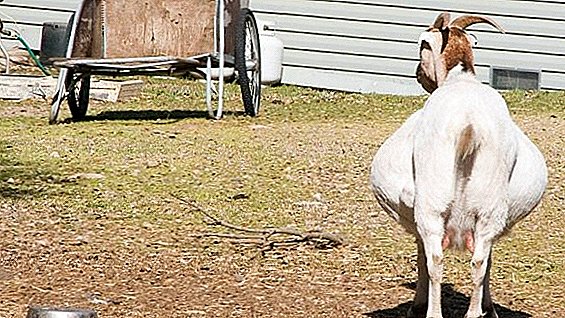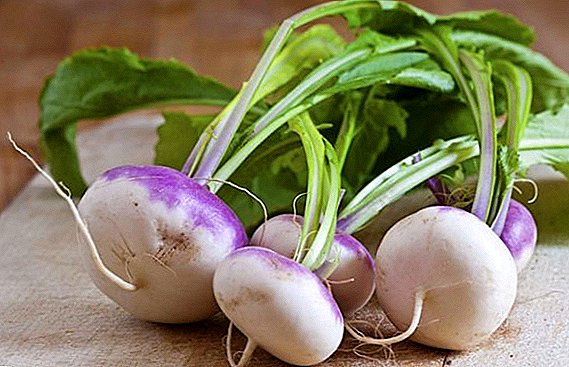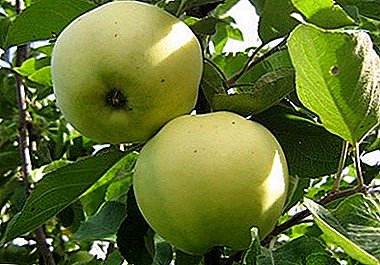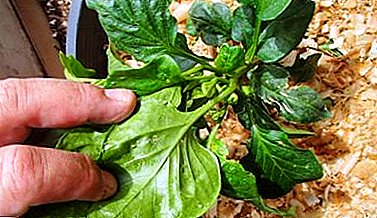
Aphid is a very dangerous small pest that can not only slow down the growth and development of a plant, but nullify the possibility of obtaining a crop and simply destroy the bush.
Pepper is considered the most attractive habitat for parasites, because it is rich in sap that aphids feed on.
Pest species
Aphid is a very small insect, the size of the average individual does not exceed 2-3 mm, but there are cases when the size reached 5-7 mm. In shape, they resemble an oval, have a sucking oral apparatus. Aphids parasitize, sucking vegetable juice from leaves and stems, and also aphids are carriers of various phyto-infectious diseases. The most common aphid is green, but it can also be white, transparent, black and red.
On pepper, as a rule, one of three types of aphids parasitizes:
- Peach.
These are oval-shaped insects, no larger than 2 mm in size, mostly green, but may be red. Such aphids live on the underside of the leaf or on the stem. Under favorable conditions, the aphid multiplies rapidly. And then it can be seen on the outside of the leaf of the plant.
- Orangery.
It occurs mainly in greenhouses and greenhouses. Individuals of this species are very large, with sizes ranging from 1.7 to 3.6 mm. Mostly it is green, less often with a strip of such color all over the body.
- Solanaceae - or potato aphid.
The size of the largest especially reaches 3-4 mm. The most common color is light green.
More details about the types of aphids and how to deal with them can be found in this material.
Harm
Aphid is able to completely destroy the plant. These insects can harm in two ways:
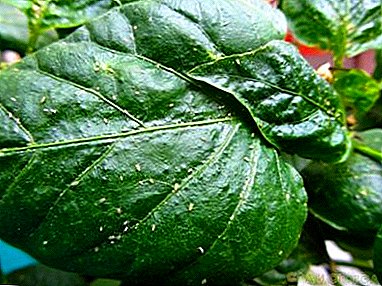 Sucking the juice during the diet - the whole cellular structure is disturbed. The plant slows down in growth, and then stops growing altogether.
Sucking the juice during the diet - the whole cellular structure is disturbed. The plant slows down in growth, and then stops growing altogether.- A negative effect on the plant is also exerted by the fall - the very substance (milk) that forms aphids and which attracts the attention of ants. This milk is obtained by processing the excess amount of juice sucked from the plant.
In general, the pad is harmless to pepper bushes, but its accumulation in large volumes leads to a number of unfavorable moments:
- The pad - extremely sticky, its large amount, covering the entire sheet, leads to the accumulation of dust on it.
- Black mold formation - The reason for this is excessive sweetness honeydew. The formation of black mold in combination with a large amount of dust on the leaves leads to a lack of sunlight, and a decrease in the productivity of photosynthesis.
Harm is caused by saliva from aphids containing toxic substances that damage the leaves of the plant. It may also contain various viruses that plants transmit to each other. And to suffer in this case can not only pepper, but all the plants growing nearby.
More details about what aphids feed on in nature can be found in this material.
Where does it come from and why?
Aphids overwinter in the ground or in last year's autumn leaves. If in the past garden season the aphid damaged peppers, this year you shouldn’t plant them there, because there is a high risk of infecting new plants. Insect eggs hibernate in leaves or under tree bark.
With warming, females first appear, which will then give a whole colony of aphids. Ants play a large role in the appearance of aphids. Since not all aphids have wings to move, ants help them. In return, they get food - pad.
Important! Such a symbiosis allows one to be constantly fed, and the other to expand the area of stay.
The main reason for the appearance of aphids on the seedlings of pepper is that the young shoots are very attractive for pests, they are juicy, rich in nutrients.
How to fight?
As soon as they were discovered first symptoms of aphids plant damage:
- twisted and dried leaves;
- shiny and sticky leaflets from the selected paddy;
- eggs and adult aphids are found on the back of the leaf.
Once they are discovered, You can fight in three ways:
- biological;
- chemical;
- folk remedies.
More details about how to permanently get rid of the insect in the garden, you can find here.
Folk methods at home
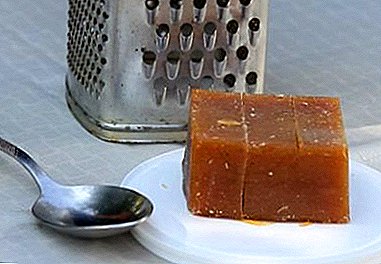 What to process indoor pepper at home or a garden bush to get rid of aphids?
What to process indoor pepper at home or a garden bush to get rid of aphids?
The most famous popular recipe - soap solution - wash the leaves with a ready-made solution to remove the pad. For cooking you will need:- 10 gr. laundry soap. Grind and dissolve in 2 liters of water.
- When the solution becomes homogeneous, you can begin processing.
This should be done 3-4 times to achieve the desired result - kill adult individuals and larvae.
- A mixture of ash and tobacco - for spraying the leaves and stems of pepper.
Would need:
- In 2 liters of water dissolve taken in equal quantities of 50 grams. tobacco and ash.
- Everything is thoroughly mixed until homogeneous and insisted 3-4 days.
- The present solution is filtered through a sieve, and 2 spoons of liquid soap are added to the resulting mass. The solution is ready.
- Infusion on the red bitter pepper.
Would need:
- 1 kg of fresh hot pepper or 300 gr. dried
- It is poured all 10 l. water.
- Insists day.
- The resulting solution was diluted 1:10 and poured over the pepper.
- Infusion of onions.
- Grind a few onions, mix with the husks and pour a liter of water.
- Let stand for about 5 hours.
- Then add 5 g to the resulting liquid. laundry soap.
- Strain and pour water to a total volume of 1 l. The tool can be applied.
- A mixture of sunflower oil and water - used to wipe leaves and stems affected by aphids, and can also be sprayed from a sprayer over the seedlings. This tool is recommended to use 2-3 times per season.
Preparation: mix 1 cup of sunflower oil with 10 liters. water.
- Infusion of horse sorrel - 400 gr. sorrel pour boiling water, let it brew for 3-4 hours, and can be used.
- How can you deal with aphids on seedlings at home to get rid of the pest? Pyrethrum flower - A pot with a flowering plant set next to the affected seedlings. Effectively helps to fight with aphids on pepper.
- The infusion of leaves and stems of tomatoes.
- Grind 1 kg. tops and pour 10 liters of water.
- The solution should stand for 4-5 hours.
- Then the resulting mass must be brought to a boil. And let stand for another 3 hours.
- The prepared solution is diluted with water 1: 3 and sprayed with diseased plants.
- Infusion on citrus seeds - the peel is crushed into powder and filled with water at a ratio of 1:10. Before use, the resulting product is diluted with additional water 1:10.
- Mixture of needles and tobacco.
- Finely chop and steam with boiling water in the ratio of 0.2: 10 (200 g. Mixture per 10 l. Of water).
- Boil the resulting solution for half an hour.
- Let it stand for 2-3 days.
- Strain and dilute with water 1:10.
Tip! Soap can be added to almost every solution before spraying (40 ml of soap or a shampoo for 10 liters of water is recommended in the following proportions).
More information about the most effective folk remedies against aphids can be found here.
Chemical and biological agents
 Chemicals insecticidal action may be used only in open space. Keltan and Karbofos - means, well-proven in the fight against aphids.
Chemicals insecticidal action may be used only in open space. Keltan and Karbofos - means, well-proven in the fight against aphids.
The solution is prepared simply: on 1 l. water 1 tablespoon of powder. It is possible to use such means only before the beginning of flowering and fruiting.
Another means Fufanon - insectoacaricide high efficiency. It fights not only aphids, but also other pests. Actellic - a characteristic feature - the breadth of the scope of application: from fruit growing to field cultivation. The desired effect after treatment is achieved almost instantly. The essence of biological protection is to attract as many “aphid enemies” to the site as possible.
It is scientifically proven that these pests are afraid of:
- ladybirds and their larvae (more information about ladybirds and how to attract them can be found here);
- predatory bugs;
- gold-eyed;
- ground beetles and wasps.
A plus would be if the plot is flying:
- sparrows;
- titmouses;
- wrens;
- linnet;
- kinglet
More details about the assistants in the fight against aphids can be found here.
In order to attract these necessary protectors, it is necessary to grow dill, parsley, cloves, carrots and nettles on the site. As a biological protection, you can also use the drug Fitoverm - has acaricidal, insecticidal and nematocidal action. Does not pollute the environment, quickly disintegrates in water and soil.
- What to do if aphid started up on roses?
- How to get rid of aphids on orchids at home?
- How is the struggle with aphids on fruit trees?
- How to deal with pest on cucumbers?
- How to deal with aphids on indoor plants and win?
- How to effectively deal with aphids on currants?
- How to deal with white aphids on indoor and garden plants?
Preventive measures
Avoid contamination of plants with aphids can, if carried out preventive measures:
 Elimination of anthills on the site.
Elimination of anthills on the site.You can fight ants by setting sweet or poisonous baits.
You can also dig an anthill, and dig up its place of dislocation with hot ash.
You can bring forest ants, then the garden will leave the site.
- Proper planting seedlings.
You should not plant peppers next to cucumbers, beans, peas, lettuce or radish, as these vegetables attract aphids. Next to pepper it is best to plant plants with a bright aroma:
- dill;
- marigold;
- coriander;
- carnation;
- bow;
- basil.
- To attract insects and birds that feed on aphids to the site. The bait for them will be growing on the site of spicy herbs and fragrant flowers.
Aphid - a very harmful phenomenon that can leave a gardener without a crop. If, as a precaution, several times per season, we process the peppers from harmful insects, properly arrange the beds on the plot and attract birds and insects with fragrant herbs, then by the end of the summer season, an excellent harvest can be gathered, including peppers.


 Sucking the juice during the diet - the whole cellular structure is disturbed. The plant slows down in growth, and then stops growing altogether.
Sucking the juice during the diet - the whole cellular structure is disturbed. The plant slows down in growth, and then stops growing altogether. What to process indoor pepper at home or a garden bush to get rid of aphids?
What to process indoor pepper at home or a garden bush to get rid of aphids? Elimination of anthills on the site.
Elimination of anthills on the site.